In the world of construction, battling the elements is a daily challenge. Among the many trials that construction workers face, relentless rainfall can be notably daunting, and the clothes they don, their armor on the battleground. Reliable rain gear isn't just pivotal for a worker's comfort—it's critical for their overall productivity and safety. Redefining resilience, construction rain gear has come a long way from those yellow plastic slickers. Now, it's all about ingeniously-engineered, long-lasting attire built to resist nature's rage. Welcome to a comprehensive guide focused on long-lasting rain gear for those stalwart souls in the construction industry who labor, come rain or shine. Here, we'll explore the importance of durable rain gear, its prime features, and how to extend its longevity through proper maintenance. Add in the sustainability aspect, and you've got an all-encompassing, must-read rundown. So, let's dive right in and learn about the essentials of hard-wearing rain gear for construction workers.
Importance of Durable Rain Gear in Construction
In the realm of construction, there's more to the work gear than just the hard hats and safety boots. One often overlooked aspect is the need for durable rain gear. The necessity of high-quality, water-resistant apparel can't be overstated when it comes to ensuring workers' safety, job efficiency, and long-term cost efficiency. Let's delve into why every construction site team needs to provide their staff with rain gear that can stand the test of weather and time.
Weather Protection Needs
Construction workers are often exposed to the elements, and adverse weather can pose a real risk. During rainfall, not only do workers run the risk of catching a chill, but there's also the added risk of slipping on wet surfaces. Investing in durable rain gear ensures these risks are minimized.
Consider, for instance, a quality rain jacket matched up with water-resistant pants. These are not just necessary for comfort but, more importantly, are part of a worker's essential personal protective equipment (PPE). Their primary function is to keep the construction worker dry and warm, thereby reducing exposure to the risks associated with working in a wet environment.
Job Efficiency
The efficiency of your construction workforce is directly linked to their comfort level, especially during inclement weather. When workers are preoccupied with staying dry or dealing with soaked clothes, their focus on the task at hand can wane, resulting in a decrease in productivity.
Durable and comfortable rain gear allows workers to maintain their precision, keep equipment safe, and keep morale high, even during the worst weather conditions. Workers feel valued and protected, leading to enhanced productivity on the construction site.
Long-term Cost Efficiency
While high-quality rain gear may seem pricey initially, a one-off investment in durable rain gear actually saves money in the long run. Cheap rain gear that rips easily or doesn't fully protect against rain can lead to unnecessary expenditure when you have to keep replacing them.
In addition, investing in good rain gear also reduces lost labor hours due to weather-related illness or injuries, offering a hidden kind of cost efficiency.
Remember, as in many portions of life, when it comes to rain gear for your construction crew, quality matters more than quantity. Purchasing top-notch gear will safeguard your workers' health, enhance operation efficiency, and grant financial advantage in the long run. Emphasize investing in quality, and the benefits will follow suit.
Key Features of Long-Lasting Rain Gear
When it comes to weathering storms, be it a drizzly day or a torrential downpour, having a reliable rain gear is crucial. But not all rain gear are created equal. What separates the durable, long-lasting types from the others? It's all in their key features: materials and craftsmanship, waterproofing technology, breathability, insulation, and overall durability and lifespan.
Materials and Craftsmanship
High-quality materials and excellent craftsmanship are fundamental components of long-lasting rain gear. Rugged materials like nylon, polyester, or specially-treated fabrics form a tough outer shell that can resist wear and tear even under harsh weather conditions.
Examples of such materials include:
- Nylon: Known for its incredible strength and elasticity.
- Polyester: Valued for its resistance to mold and mildew.
- Specially-treated fabrics: Usually involves a durable water repellent (DWR) coating to enhance water resistance.
The quality of stitching and seam construction is also crucial. Superior seam construction prevents leakage, maximizing the gear's water resistance.
Waterproofing Technology:
This is the real game-changer when it comes to rain gear. A number of modern materials and technologies are employed to create a truly waterproof product. These include the use of hydrophobic materials, waterproof films, or cutting-edge technologies such as Gore-Tex or HyVent.
Key features include:
- Hydrophobic materials: Negate water absorption.
- Waterproof films: Add an extra layer of protection.
- Advanced technologies: Strengthen the gear's repellence against water infiltration.
Breathability
Breathability influences the comfort of rain gear drastically. How so? Good breathability allows perspiration from your skin to escape, keeping you dry inside and out. Look out for breathable fabrics or ventilation features such as ventilated back panels or mesh linings.
Insulation
Insulation depends entirely on the conditions where you'll be using your rain gear. For chilly, rainy weather, consider selecting gear with layers of insulation to retain warmth. However, for milder climates, a simple waterproof shell should be adequate.
Durability and Lifespan
Finally, an essential component of long-lasting rain gear is its durability and lifespan. The most durable choices feature robust materials, reinforced stitching, and high-quality zippers and closures. Bonus points for gear with a warranty, showing the company's confidence in their product's longevity.
Understanding these key features can guide you to make a well-informed decision about your next purchase of rain gear. Remember, a dependable rain gear not only keeps you dry but also stands the test of time, making it a worthwhile investment!
How to Maintain the Durability of Rain Gear
Looking for ways to prolong the lifespan of your rain gear? Whether you've just bought a new set of waterproofs or are trying to get more use out of an old one, it's essential to understand proper maintenance. This guide outlines several tried-and-true techniques for keeping your rainwear functional and durable for years to come.
Proper Cleaning and Storage
When you've been out in the rain, your gear can accumulate dirt, oils, and other residues that can degrade its waterproofing qualities. Here's how you can ensure your gear is always cleaned and stored correctly:
- Cleaning: Always follow the manufacturer's instruction for washing. Typically, gear should be rinsed in cold water, use a mild detergent if needed, and always air dry. When in doubt, less is more when it comes to soap and cleaning agents as harsh chemicals can damage the waterproofing layer.
- Storage: Store your rain gear in a cool, dry place. Avoid storing it in direct sunlight as UV rays can deteriorate the waterproof coating. Fold your gear loosely or hang it up, rather than stuffing it into a tight space; this will prevent creases that can cause wear and tear.
- Refresh: Over time, the waterproof coating can start to wear off. In such cases, consider using a waterproofing spray or wash-in product to refresh the garment's waterproof properties.
Regular Inspection and Repair
Even the highest-quality rain gear can develop wear and tear over time. Inspect your gear regularly for issues such as fraying, loose seams, fabric pilling, or any signs of leaks. Early detection of minor issues allows you to address them before they turn into major problems. Here are two primary steps for effective repair:
- Sealing Leaks: For small leaks or tears, a patch kit comes in handy. Ensure the gear is clean and dry before applying a patch. If the seam tape is peeling off, reapply seam sealer to prevent water leakage.
- Replacing Parts: If zippers, buckles, or drawstrings are damaged or missing, consider getting them replaced. It's relatively easy to do at home, or you can take the gear to a professional repair shop.
Avoiding Common Damages
Maintaining the durability of your rain gear does not only mean fixing what's broken—it includes preventing damage in the first place. Regularly applying a durable water repellent (DWR) coating can keep your gear resistant to water. Also, avoid exposing your rain gear to intense heat or flame; the high temperature can cause the fabric to melt or warp. Moreover, refrain from using your gear as a groundsheet or seat cover, as this can cause abrasion and potential puncture damage.
Remember, regular maintenance won't only keep your gear in great shape—it also ensures you're always ready to face the elements when the skies open up. After all, the last thing you want is to save a rain gear for a rainy day, only to find it's not up to scratch when you need it most.
Sustainability Aspect of Durable Rain Gear
Our ever-evolving understanding of the importance of sustainability branches into various aspects of life, including seemingly insignificant areas like rain gear. However, it's surprising how much the durability of rain gear can significantly affect sustainability. Making the correct, informed choice when buying rain gear contributes not just to your comfort during a downpour but also to a more sustainable environment. Let's delve into how the durability of rain gear influences sustainability.
Environmental Impact
Choosing durable rain gear comes with various environmental benefits. These benefits come into play in the form of:
- Reduced production: Long-lasting rain gear equates to fewer production cycles since consumers won't frequently replace them. This reduced production means that manufacturers conserve raw materials, diminishing the impact on resource extraction.
- Lower energy consumption: The production process for rain gear involves considerable energy consumption. Lesser production because of increased durability directly results in lower energy utilization and reduced pollution impacts.
- Decreased emissions: From manufacturing to transport, the production cycle of rain gear contributes to greenhouse gas emissions. Choosing durable rain gear can help reduce these emissions significantly.
Reducing Waste
Apart from environmental concerns, another major aspect of durable rain gear maintaining sustainability lies in reducing waste. The advantages include:
- Decreased landfill waste: When rain gear deteriorates quickly and must be discarded, they end up taking up landfills. Durable gear decreases this waste accumulation, promoting a cleaner environment.
- Reducing the frequency of disposal: Often, rain gear is not recycled or composted due to the materials used in its construction. Increasing the lifespan of your gear cuts down on the need for frequent disposal.
High-quality, long-lasting rain gear can seem a little pricier upfront. However, considering the environmental and waste-reducing benefits alongside the assurance of better weather protection, one can conclude that it is a sensible and sustainable investment. Investing in durable rain gear isn't just an investment for your convenience; it's a direct contribution to a more sustainable future.
Conclusion
The value of durable, quality rain gear in the construction industry cannot be overstated. Workers need reliable, weatherproof gear to maintain job efficiency, as well as to ensure their own comfort and safety. Not only this, but investing in durable gear promotes long-term cost efficiency as well. Opting for a piece from a trusted brand like Hurricane Raingear is an assured step towards ensuring your safety and efficiency on the job site. With a commitment to high-quality materials and deeply experienced craftsmanship, they produce rain gear that is not just waterproof, but breathable, rip-resistant, and sustainable. Their gear is designed to withstand anything nature throws your way, while being considerate to the environment as well.
Remember, longevity of your rain gear is also dependent on proper care and maintenance. Adhering to correct cleaning and storage practices, performing regular inspections and necessary repairs, and avoiding common damages can significantly increase the lifespan of your gear. After all, durable rain gear doesn’t only mean saving money, but it also implies a lesser environmental impact.
Let Hurricane Raingear challenge the rains for you. Visit their website to explore their collection and discover the benchmark of durable, reliable, and sustainable rain gear today.
Ultimately, whether it's about staying dry, being cost-efficient, or caring for the environment, the right rain gear can really make a difference. Choose wisely—choose durability, choose Hurricane Raingear.
Frequently Asked Questions
-
What are the top long-lasting rain gear options for construction workers?
Some of the top long-lasting rain gear options for construction workers include: 1. Carhartt Shoreline Jacket, 2. Helly Hansen Mandal Rain Jacket, 3. Columbia Watertight II Jacket, 4. Grundens Dark and Stormy Jacket, and 5. Marmot PreCip Jacket.
-
What materials should I look for in rain gear for construction workers?
When looking for rain gear for construction workers, it is recommended to opt for materials such as nylon, polyester, or PVC-coated fabrics, as they provide durability, water resistance, and flexibility required for demanding construction work environments.
-
How can I ensure the longevity of my rain gear for construction work?
To ensure the longevity of your rain gear, it is important to follow the manufacturer's care instructions, avoid using harsh chemicals or bleach, store the gear properly in a dry place, and regularly inspect and repair any damages or wear and tear.
-
Are there any specific features I should look for in rain gear for construction workers?
Yes, some important features to look for in rain gear for construction workers include: reinforced seams and zippers, adjustable cuffs and hems, storm flaps, high-visibility accents, multiple pockets for storage, and a hood with a brim for better visibility.
-
Can rain gear for construction workers be used for other outdoor activities?
Yes, rain gear designed for construction workers can typically be used for various other outdoor activities such as hiking, camping, fishing, or any other activity that requires protection from the rain and harsh weather conditions.



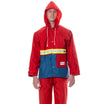
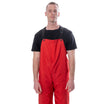
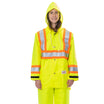
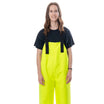
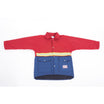
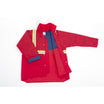

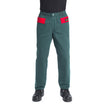
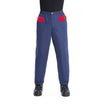
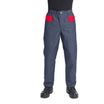
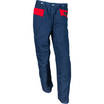
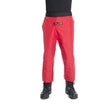
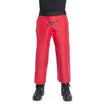
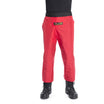
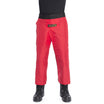
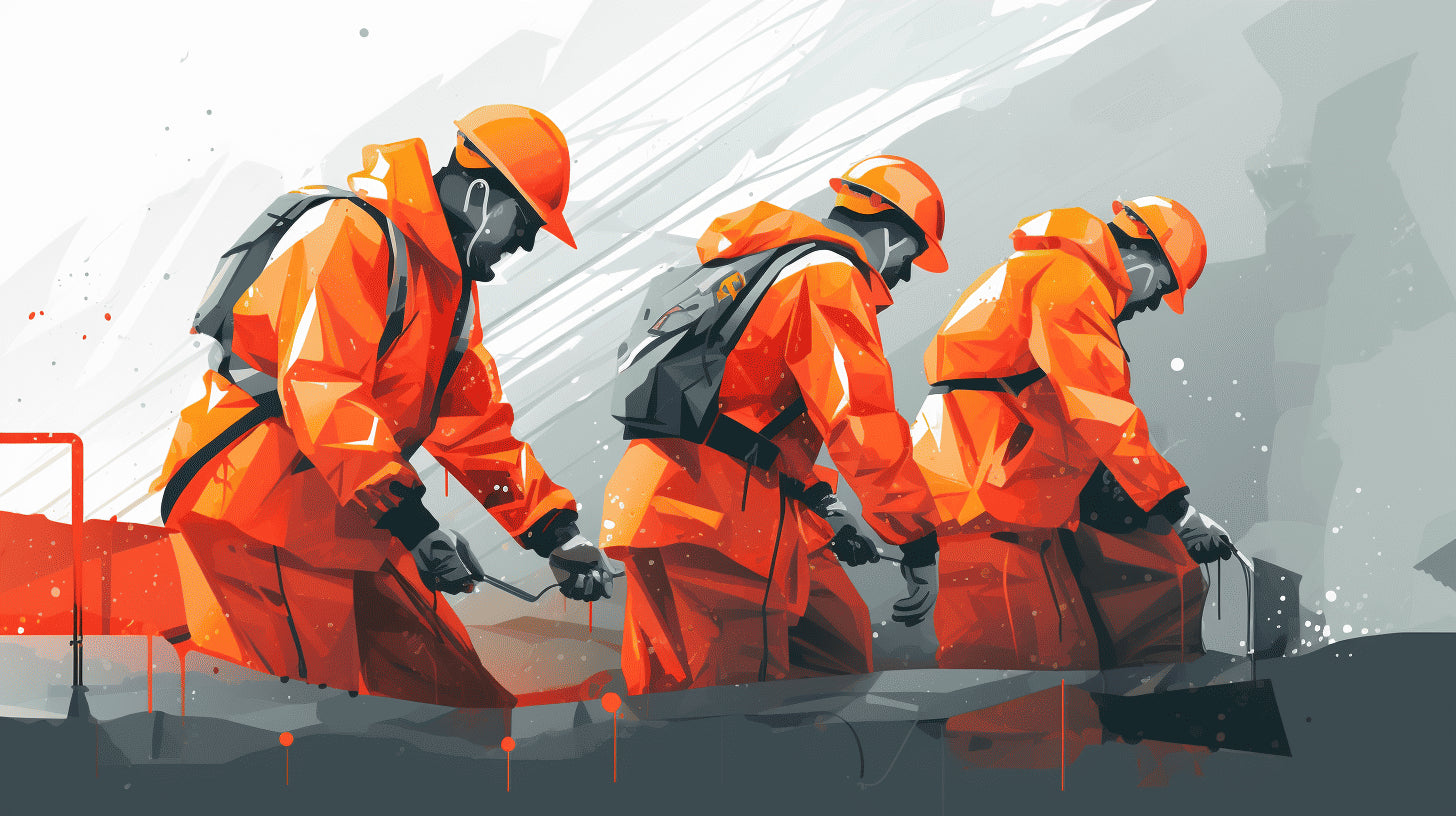
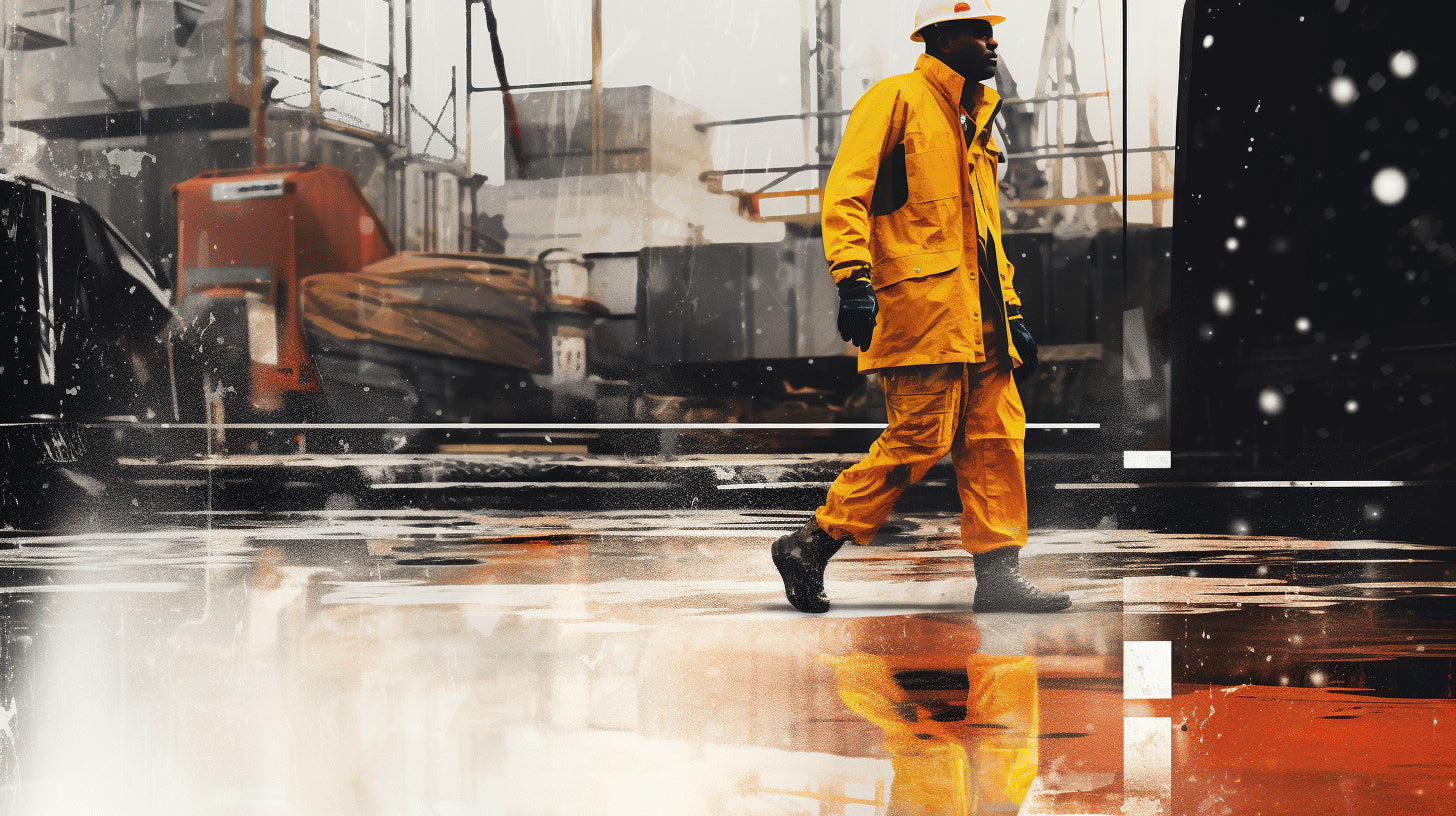
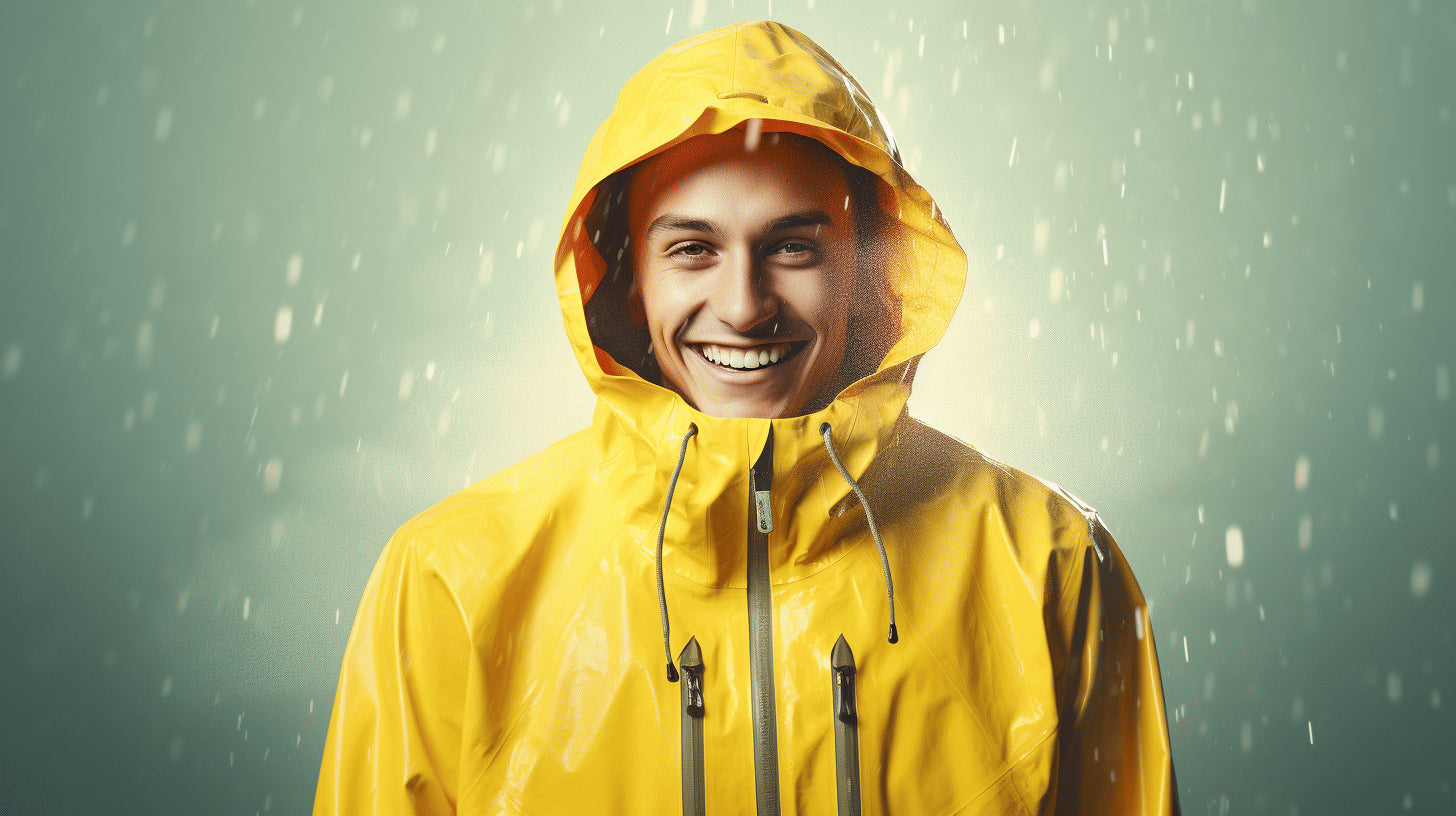
Leave a comment
This site is protected by hCaptcha and the hCaptcha Privacy Policy and Terms of Service apply.